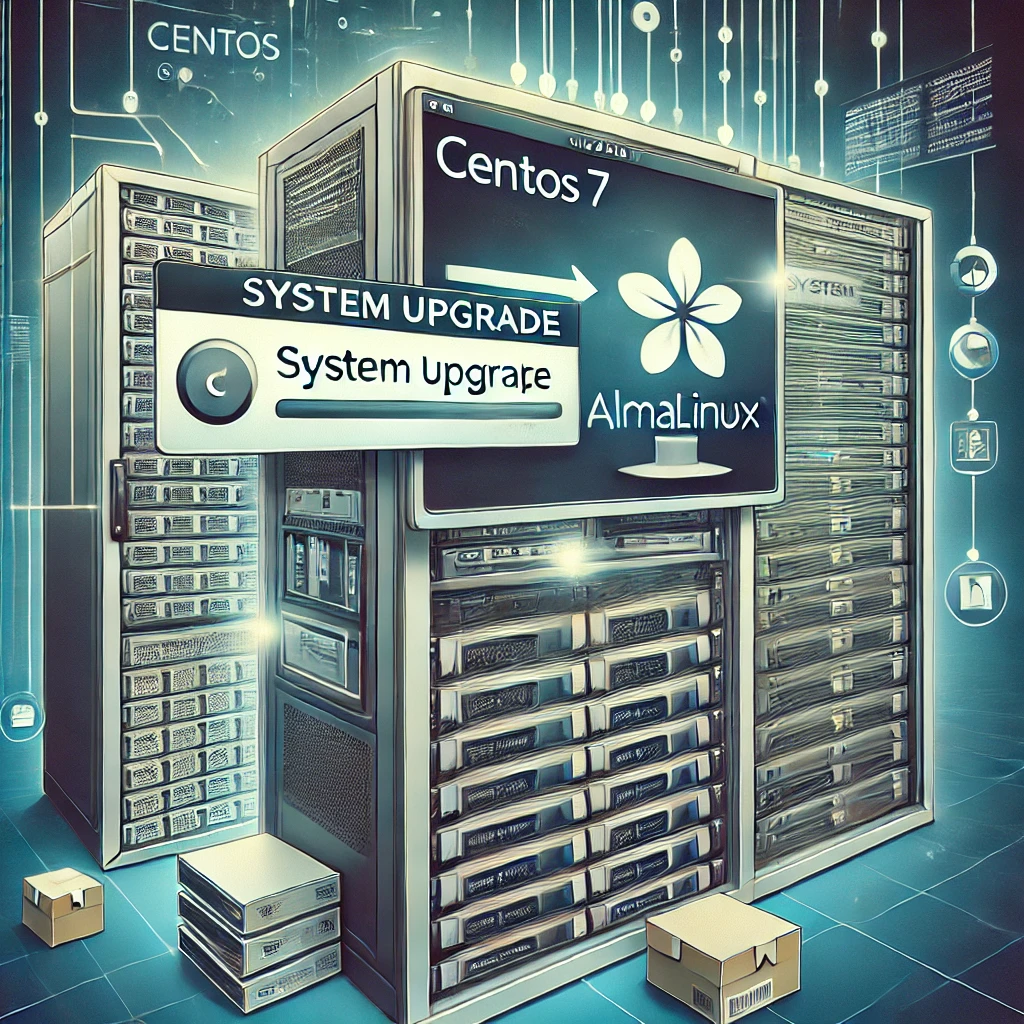
With CentOS 7 reaching its end of life, upgrading to a modern and supported OS like AlmaLinux 8 or 9 is crucial for continued stability, security, and performance. AlmaLinux offers a seamless and reliable transition path as it’s built to be a 1:1 RHEL binary compatible fork, making it an excellent choice for CentOS users.
Prerequisites
- A VPS or dedicated server running CentOS 7.
- Root access to the server.
- A recent backup of your server’s data and configurations.
- Ensure your system is fully updated.
Step-by-Step Guide to Upgrading from CentOS 7 to AlmaLinux 8/9
Step 1: Update and Prepare Your System
- Log in to your CentOS 7 server via SSH as the root user or a user with sudo privileges.
- Update all system packages:
sudo yum update -y- Reboot your server to ensure all updates are applied:
sudo reboot- Verify your CentOS version:
cat /etc/centos-releaseYou should see output similar to CentOS Linux release 7.x.x (Core).
Step 2: Install the ELevate Tool
The ELevate tool is used to migrate from CentOS 7 to AlmaLinux 8 or 9.
- Add the ELevate repository:
sudo yum install -y https://repo.almalinux.org/elevate/elevate-release-latest-el7.noarch.rpm- Install the
leapppackage:
sudo yum install -y leappStep 3: Check for Upgrade Compatibility
- Run a pre-upgrade check:
sudo leapp preupgrade- Review the pre-upgrade report:
The report is located at/var/log/leapp/leapp-report.txt. It will detail any issues that need to be resolved before proceeding. - Address any issues raised in the report. Common issues may include unsupported packages, custom configurations, or third-party repositories.
Step 4: Begin the Upgrade Process
- Start the upgrade process:
sudo leapp upgradeThis process may take some time as it involves downloading and installing new packages, migrating configurations, and updating the kernel.
- Reboot your server:
sudo rebootThe system will boot into a special initramfs environment and complete the upgrade.
Step 5: Verify the Upgrade
- Log back into your server after the upgrade process completes.
- Check the new OS version:
cat /etc/redhat-releaseYou should see output indicating that you are now running AlmaLinux 8 or 9, depending on your chosen target version.
Step 6: Post-Upgrade Tasks
- Reinstall third-party repositories or packages if necessary.
- Test critical services and applications to ensure they are functioning correctly.
- Clean up old packages and files:
sudo yum autoremoveTroubleshooting Tips
- Check the
leapplogs if you encounter issues: /var/log/leapp/leapp-upgrade.log/var/log/leapp/leapp-report.txt- Ensure your system has enough free disk space for the upgrade process.
- Disable any custom or third-party repositories that may cause conflicts and re-enable them after verifying compatibility with AlmaLinux.
Conclusion
Upgrading from CentOS 7 to AlmaLinux 8 or 9 ensures continued support, security, and compatibility for your server. With the ELevate tool, the migration process is straightforward, allowing you to maintain your existing setup with minimal downtime and effort.